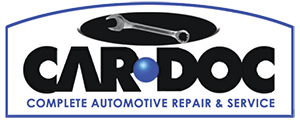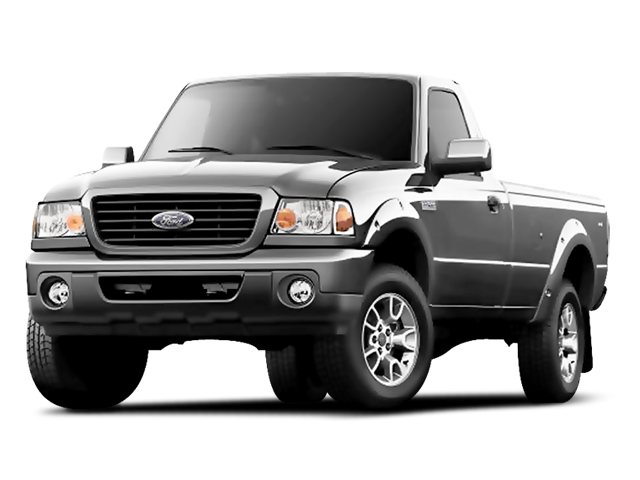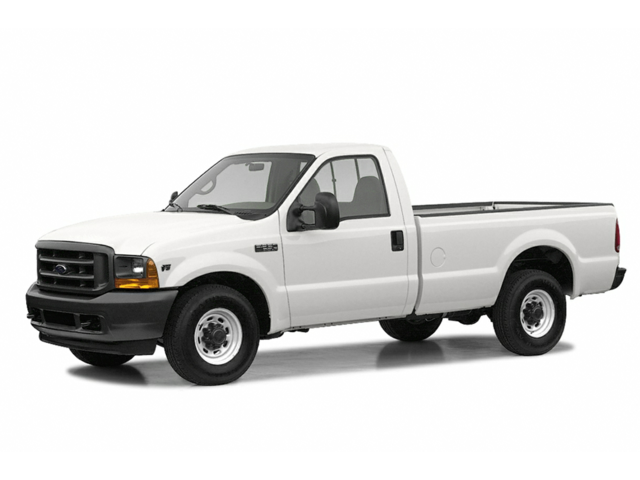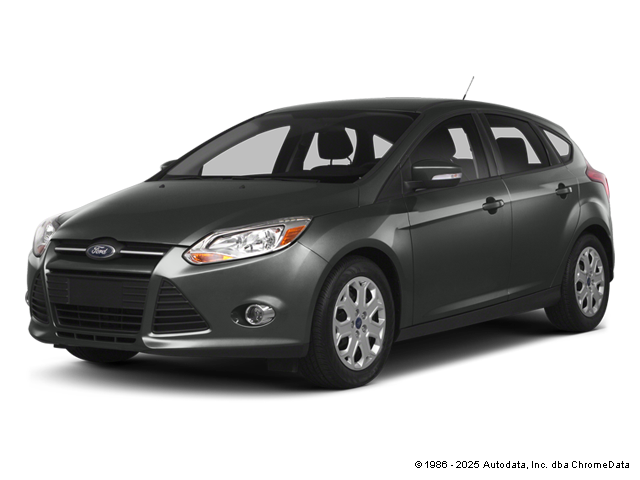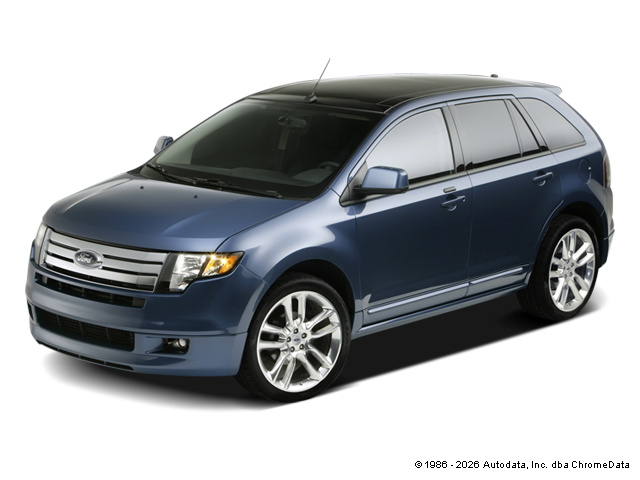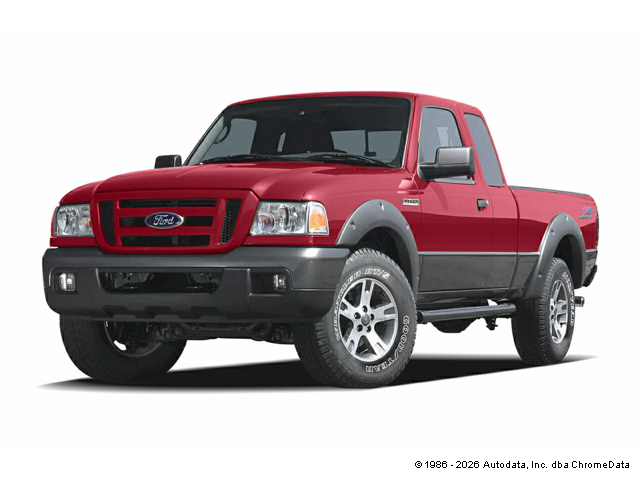2013 Ford F-150
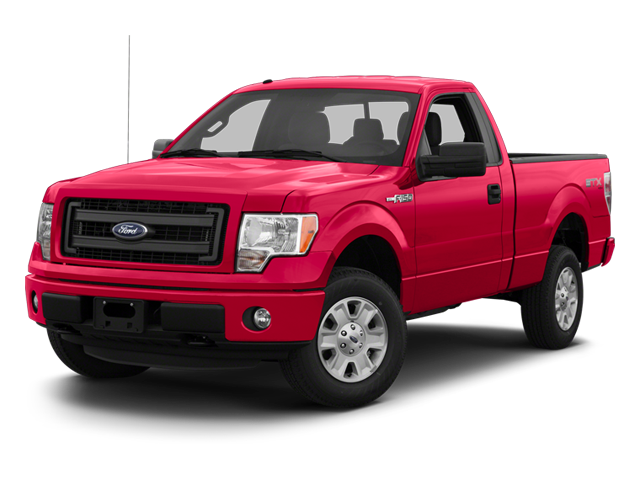
Mileage
100,286
Service Date
7/6/2022
Services Performed
- Install data scanner and engine analyzer. Run tests on the fuel, ignition, and computer control systems. Retrieve fault codes from the processors memory. Codes exist in the system for (P0023) bank #2 exhaust camshaft actuator circuit/open. Perform all necessary pin point tests checking the wiring, grounds, relays, and related circuit components to isolate the problem to a shorted bank #2 exhaust camshaft actuator solenoid which will need to be replaced in order to repair the issue.
- Remove any components necessary to gain access to the engines rocker / camshaft covers. Remove all attaching hardware and remove the rocker covers from the cylinder heads. Remove the attaching hardware for the existing camshaft actuators and remove them from the engine. Depress the force pins to prevent any interference with the camshaft actuator solenoids. Tighten all hardware to specification and inspect the timing components for any signs of wear that are visible. Remove the gasket material from the rocker cover assemblies and clean the channels to remove any remaining residual oil or debris. Clean the mating surfaces on the engines cylinder head(s) and check the surfaces for warpage or any imperfections that would prevent the new gaskets from making a proper seal. Install the new gaskets on to the rocker covers and place onto the cylinder head ensuring that the end seals are secured with sealant. Torque all hardware to manufacturers specification and install any previously removed components back to their original state. Top off the engine oil and or change the engine oil and filter as required. Run the engine to operating temperature and check the rocker covers for leaks.
- Check the vehicles under hood fluid levels and remove the oil fill cap and breather assemblies (where applicable) Remove the vehicles engine oil drain plug, and drain the contents of the engines oil pan or sump. Remove the filter assembly and clean the sealing surfaces of the housing for reinstallation. On cartridge equipped vehicles, replace the housing O rings and clean the debris from the housing and relief valves. Lubricate the O rings on the housing and or the filter assembly and replace the filter or element. Clean and inspect the oil drain plug gasket, and check the threads in the engines oil pan. Torque the plug to the manufacturers specification using a new gasket where required. Clean the grease zerks to remove debris, and lubricate all accessible fittings on the vehicles steering, suspension, driveline and chassis components. Check and or set the tire pressures and relearn the TPMS system where required. Fill the engine with the manufacturers specified type, grade, and viscosity engine oil and verify level after purging the new filter. Check and or top off all low fluid levels and reset the maintenance reminder system where applicable. Note. Some vehicles maintenance reminders do not take on initial reset. If your maintenance light happens to come on following an oil service, please give us a call so we can correct it.
Andy B. gave our service a 5 star review on 7/7/2022
